Home>Garden Essentials>How Many Seeds Does A Dandelion Have
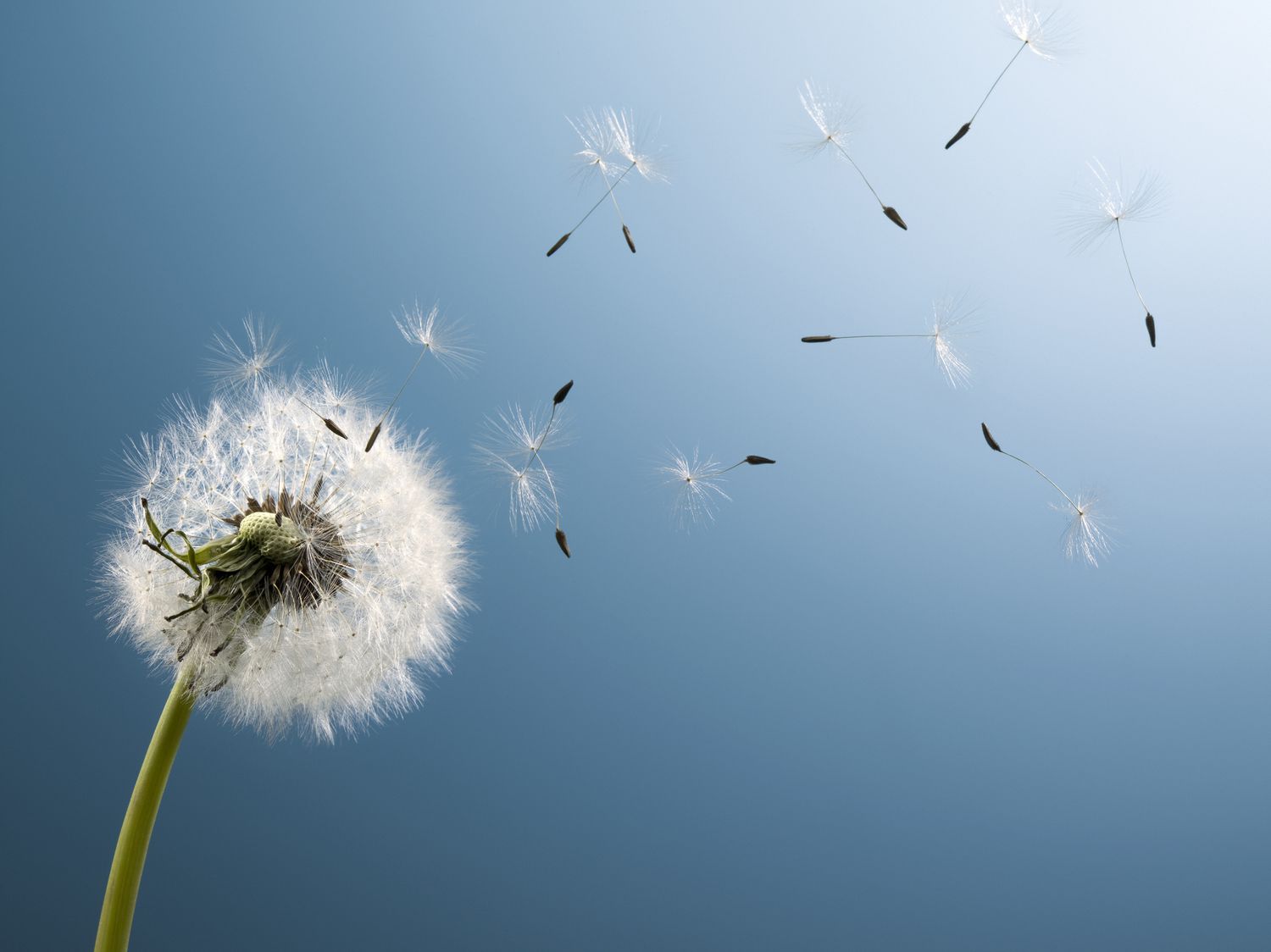

Garden Essentials
How Many Seeds Does A Dandelion Have
Modified: March 15, 2024
Learn about the fascinating world of dandelions in your garden and discover how many seeds this prolific plant can produce.
(Many of the links in this article redirect to a specific reviewed product. Your purchase of these products through affiliate links helps to generate commission for Storables.com, at no extra cost. Learn more)
Introduction
Imagine walking through a field, and suddenly, you come across a vibrant yellow flower swaying in the breeze. It’s a dandelion, a common sight in gardens and open spaces. While some may see it as a mere weed, dandelions have a fascinating reproductive system that ensures their survival in diverse environments.
In this article, we will explore the world of dandelions and delve into the question many garden enthusiasts ponder: How many seeds does a dandelion have?
But before we answer that question, let’s dive into the anatomy of a dandelion to better understand its structure and reproductive process.
Key Takeaways:
- Dandelions have a unique reproductive system, producing hundreds of seeds through both sexual and asexual means, ensuring their ability to spread and adapt in various environments.
- Dandelion seeds have various uses, from propagation and traditional medicine to culinary uses, art and crafts, ecological importance, and symbolism, contributing to the beauty and balance of the natural world.
Read more: How Many Seeds Does A Banana Have
Anatomy of a Dandelion
To truly appreciate the dandelion’s seed production, we first need to understand its anatomy. A dandelion (Taraxacum officinale) is a herbaceous plant belonging to the Asteraceae family. It consists of several key parts that play a crucial role in seed formation:
- Root: The dandelion’s taproot grows deep into the ground, allowing it to access nutrients and withstand various weather conditions.
- Stem: The stem of a dandelion is hollow and can reach a height of up to 12 inches. It serves as a support for the flower and seed head.
- Leaves: Dandelion leaves are deeply lobed and form a basal rosette near the ground. They are rich in nutrients and are often used in salads and herbal teas.
- Flower: The iconic yellow dandelion flower consists of numerous ray florets arranged in a head-like structure known as an inflorescence. Each individual floret has a five-petaled corolla and produces a single seed.
- Seed Head: Once the flower blooms and begins to wither, it transforms into a seed head, often referred to as a “dandelion clock” due to its resemblance to a clock face. This spherical structure is composed of numerous seeds, tightly packed together and attached to a pappus, which acts as a parachute for dispersal.
Now that we have a basic understanding of a dandelion’s anatomy, let’s explore how they reproduce and produce seeds.
How Dandelions Reproduce
Dandelions have a unique reproductive strategy that allows them to spread their seeds far and wide. They reproduce both sexually, through the fusion of male and female gametes, and asexually, through the production of clones.
Sexual Reproduction:
Dandelions have perfect flowers, meaning they possess both male and female reproductive organs. The male reproductive organ, known as the stamen, produces pollen containing sperm cells. The female reproductive organ, called the pistil, consists of the stigma, style, and ovary. The stigma receives pollen, which travels down the style to fertilize the ovary.
Once fertilization occurs, the ovary develops into a fruit called an achene, which contains a single seed. The achene matures within the seed head, attached to the pappus. As the seed head ripens, it opens up, allowing the wind to disperse the seeds, carrying them to new locations for germination.
Asexual Reproduction:
In addition to sexual reproduction, dandelions also reproduce asexually through a process called apomixis. Apomixis involves the production of seeds without the need for fertilization. This allows dandelions to produce genetically identical offspring, or clones, ensuring their ability to spread and adapt in various environments.
By combining sexual and asexual reproduction, dandelions maximize their chances of survival and colonization. Even a single dandelion can quickly multiply and establish new colonies, thanks to its remarkable reproductive capabilities.
Now that we understand how dandelions reproduce, let’s explore the seed production process in more detail.
Seed Production in Dandelions
Dandelions are prolific seed producers, with each seed having the potential to give rise to a new plant. The seed production process in dandelions begins with the development of the flower. When a dandelion flower blooms, it attracts pollinators, such as bees and butterflies, who help transfer pollen from the stamen to the stigma.
Once the flower is pollinated, fertilization takes place, and the ovary starts to develop into an achene, which houses the seed. The achene is a small, dry fruit with a hardened outer layer that protects the seed from external factors.
As the seed matures, the dandelion flower transforms into a spherical seed head, known as a “clock.” The seed head is composed of a collection of achenes, tightly packed together and attached to the pappus, which is like a fluffy parachute. This pappus allows the dandelion seeds to be dispersed over long distances by wind, increasing the chances of finding suitable growing conditions.
Each dandelion seed is equipped with its own means of transportation. When the wind blows, the pappus becomes buoyant, carrying the attached seeds high into the air. The lightweight and delicate nature of the seeds allows them to float and drift for extended periods, eventually landing in new locations. This dispersal mechanism enables dandelions to colonize new areas and thrive in a wide range of environments.
Interestingly, a single dandelion plant can produce hundreds of seeds in a single growing season. This high seed production, combined with the efficient dispersal method, is what makes dandelions such successful colonizers.
Now that we have explored the seed production process, let’s delve into the factors that can influence the number of seeds produced by a dandelion plant.
A single dandelion can produce up to 200 seeds, and a mature dandelion plant can produce thousands of seeds in a season.
Factors Affecting the Number of Seeds
The number of seeds produced by a dandelion plant can vary based on several factors. These factors play a significant role in determining the plant’s reproductive success and its ability to spread its seeds effectively. Here are some key factors that influence the number of seeds produced by a dandelion:
- Growing Conditions: The availability of sunlight, water, and nutrients can greatly impact a dandelion’s overall health and reproductive capacity. In favorable conditions, dandelions are more likely to produce a larger number of seeds.
- Pollination: Successful pollination is crucial for seed production. Adequate pollinator activity, such as bees and butterflies, ensures complete fertilization of the flowers, resulting in a higher number of seeds.
- Competition: Dandelions that face stiff competition from other plants for resources may allocate fewer resources towards seed production. This can result in a lower seed set compared to plants with less competition.
- Maturity and Age: Older dandelion plants tend to produce more seeds compared to younger ones. As the plant matures, it grows in size and develops a larger reproductive structure, leading to increased seed production.
- Genetic Factors: The genetic makeup of a dandelion plant can influence its seed production potential. Some individuals may possess genetic traits that enhance seed production, leading to higher seed counts.
- Environmental Factors: Climate and weather conditions can also impact seed production in dandelions. Factors such as temperature, humidity, and wind patterns can affect the timing of flowering and the efficiency of seed dispersal.
It is important to note that these factors do not act independently, but interact with each other to determine the final number of seeds produced by a dandelion plant. A combination of favorable conditions and genetic traits can lead to an abundance of seeds, allowing dandelions to ensure their survival and proliferation.
Now that we have explored the factors influencing seed production, let’s move on to the fascinating task of counting dandelion seeds.
Read more: How Many Seeds Does A Pomegranate Have
Counting Dandelion Seeds
Counting dandelion seeds can be a challenging task due to their small size and the high number of seeds produced by a single plant. However, there are a few methods that can be used to estimate the number of seeds present in a dandelion seed head:
- Dissection Method: This method involves carefully dissecting the seed head and manually counting the seeds. While it is time-consuming and requires precision, it provides an accurate count of the seeds.
- Shaking Method: A less invasive approach involves gently shaking the seed head over a white surface, such as a paper plate or a piece of white paper. As the seeds are released, they can be counted and tallied. This method provides a rough estimate of the seed count.
- Weight Method: Another indirect method of estimating the number of seeds is through weighing the seed head. By weighing a sample of seed heads and calculating the average weight per seed, an approximation of the total seed count can be determined.
- Technology: In recent years, advancements in technology have allowed for the development of image analysis systems that can automatically count and measure seeds. These systems use specialized software to process images and provide accurate seed counts.
It is important to note that while these methods can give an estimation of the number of seeds, they may not provide an exact count due to the tiny size and variability of dandelion seeds.
Counting dandelion seeds can be a fun and educational activity, allowing enthusiasts and researchers to better understand the reproductive capacity of these fascinating plants.
Now that we have explored the process of counting dandelion seeds, let’s move on to discussing the uses and significance of these abundant seeds.
Uses and Significance of Dandelion Seeds
Dandelion seeds, despite being seen by many as pesky and invasive, actually hold significant value and have various uses. Let’s explore some of the ways these abundant seeds are utilized:
- Propagation: Dandelion seeds play a crucial role in the propagation and spread of dandelions. They are designed to be easily dispersed by wind, helping the plant colonize new areas and ensure its continued survival.
- Medicinal Purposes: Dandelion seeds, along with other parts of the plant, have been used in traditional medicine for centuries. They are believed to have diuretic, anti-inflammatory, and antioxidant properties. Dandelion seeds have also been used in herbal remedies for digestive issues and liver detoxification.
- Culinary Uses: While most people are familiar with dandelion greens, dandelion seeds can also be consumed. The seeds have a nutty flavor and can be used in baking or sprinkled over salads and other dishes for added texture and flavor.
- Art and Crafts: Dandelion seeds have captured the imagination of artists and crafters. They are often used in various creative projects, such as making jewelry, pressed flower art, or even as decorative elements in mixed media artwork.
- Ecological Importance: Dandelion seeds contribute to the biodiversity and ecological balance of an ecosystem. They provide a source of food for birds and insects and serve as a host plant for many beneficial insects, including pollinators like bees and butterflies.
- Symbolism: Dandelion seeds are often associated with wishes and dreams. Blowing the seeds off a mature seed head is believed to carry one’s wishes and aspirations into the world. This act has become a popular childhood pastime and a symbol of hope and possibilities.
Overall, dandelion seeds have multiple uses and hold significance in various aspects of human life and the natural world. Despite their reputation as weeds, these tiny seeds contribute to the beauty, ecological balance, and even our culinary and cultural experiences.
Now that we have explored the uses and significance of dandelion seeds, let’s wrap up this article.
Conclusion
In conclusion, dandelions are more than just common weeds found in gardens and open spaces. They are fascinating plants with a unique reproductive system and an abundance of seeds.
We have explored the anatomy of a dandelion, understanding its root, stem, leaves, and the iconic yellow flower that transforms into a spherical seed head. We have learned how dandelions reproduce through both sexual and asexual means, ensuring their ability to spread and adapt in various environments.
Seed production in dandelions is a remarkable process, with each plant capable of producing hundreds of seeds. Factors such as growing conditions, pollination, competition, maturity, genetics, and environmental factors influence the number of seeds produced.
Counting dandelion seeds can be a challenging task, but methods such as dissection, shaking, weighing, and technological advancements can provide estimates of the seed count.
We have discovered the uses and significance of dandelion seeds, ranging from their role in propagation and traditional medicine to culinary uses, artistic applications, ecological importance, and symbolism.
Next time you come across a dandelion, take a moment to appreciate its beauty and acknowledge the remarkable journey of its seeds. These little parachutes carry not just future plants but also wishes, dreams, and possibilities.
So the next time someone wonders, “How many seeds does a dandelion have?” you can now share your newfound knowledge about the intricate world of dandelion seed production.
Embrace the wonders of nature, and remember that even the smallest and simplest things, like a dandelion seed, can hold significance and make an impact in our lives.
Frequently Asked Questions about How Many Seeds Does A Dandelion Have
Was this page helpful?
At Storables.com, we guarantee accurate and reliable information. Our content, validated by Expert Board Contributors, is crafted following stringent Editorial Policies. We're committed to providing you with well-researched, expert-backed insights for all your informational needs.
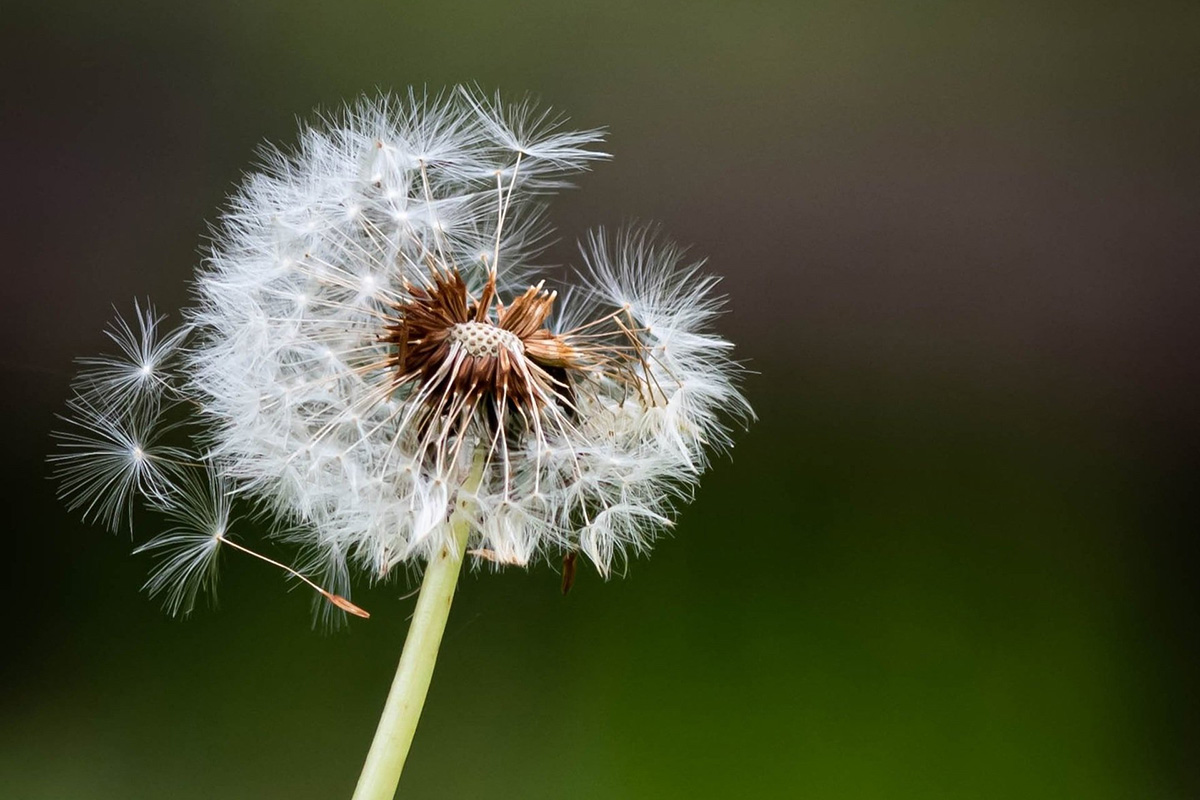
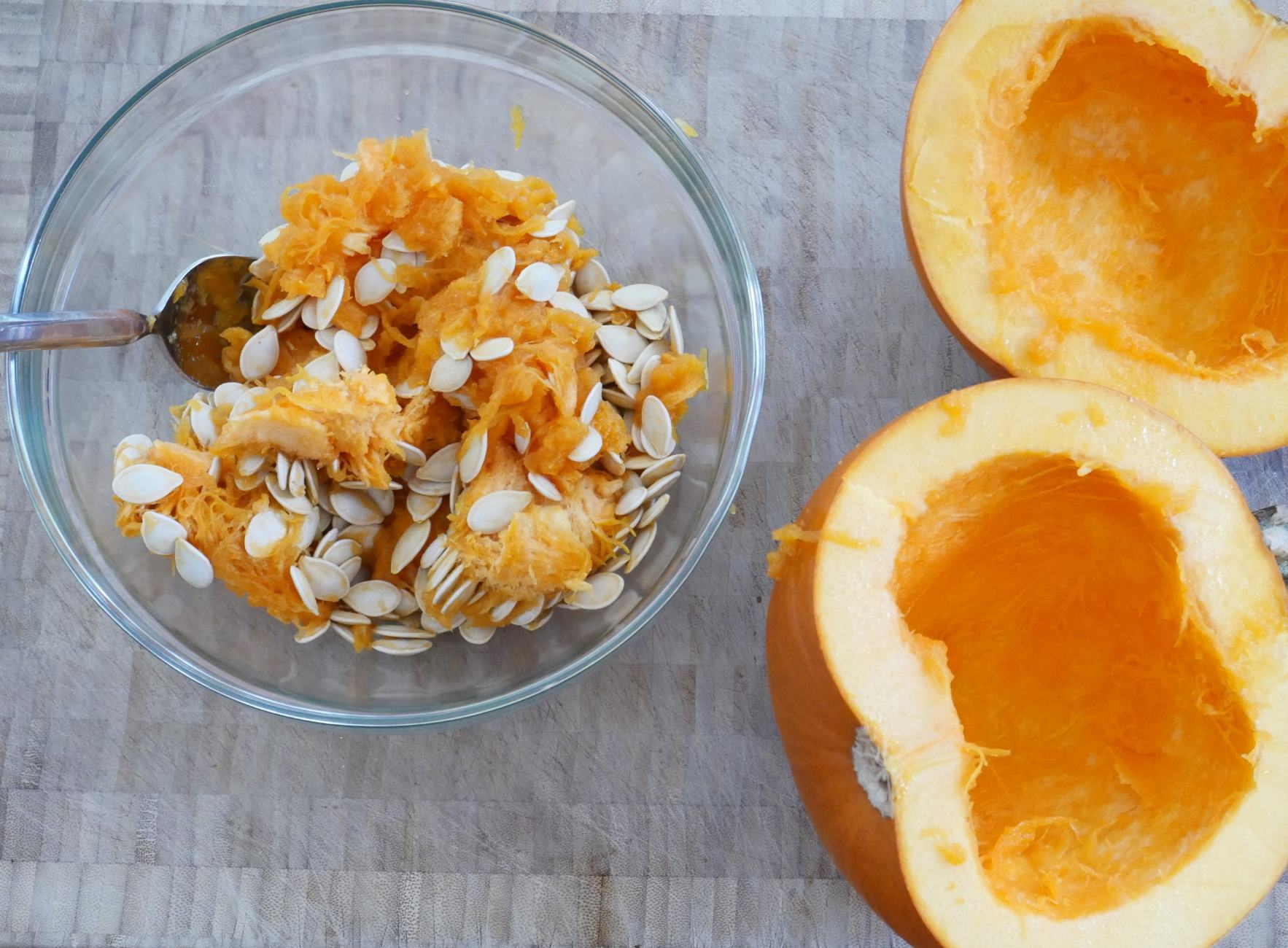
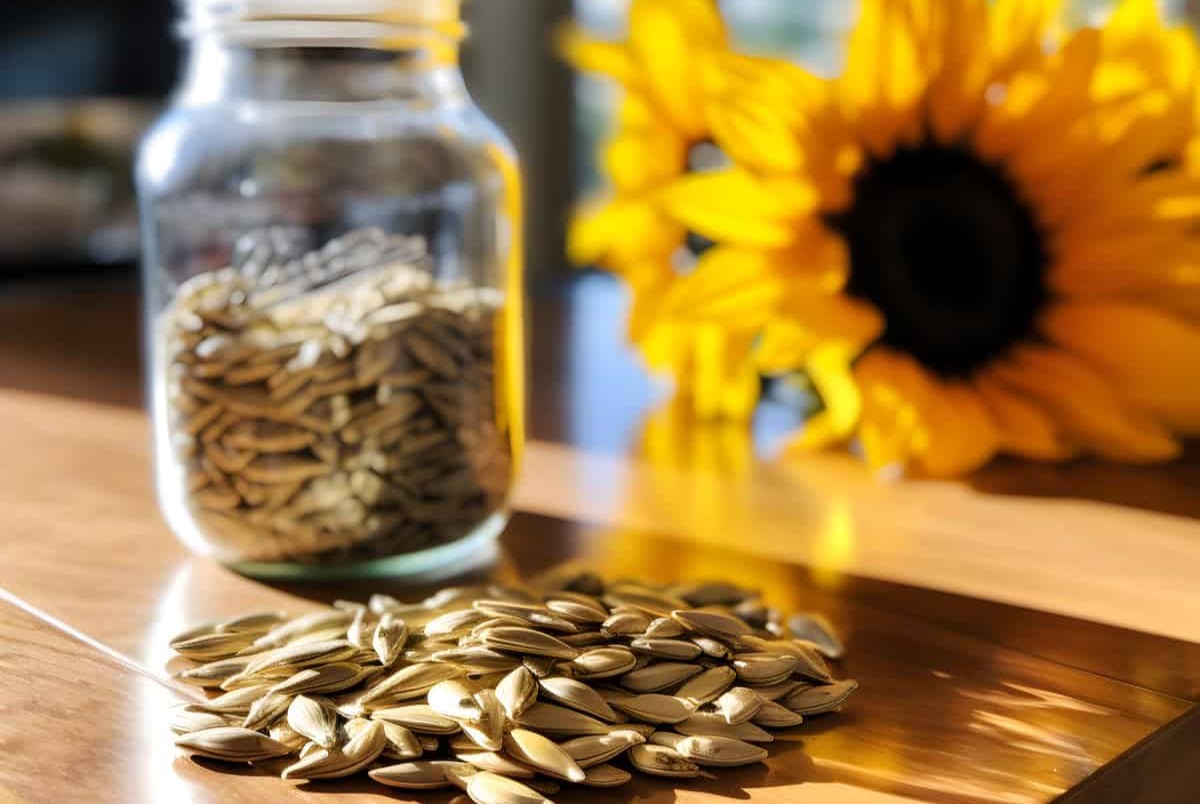
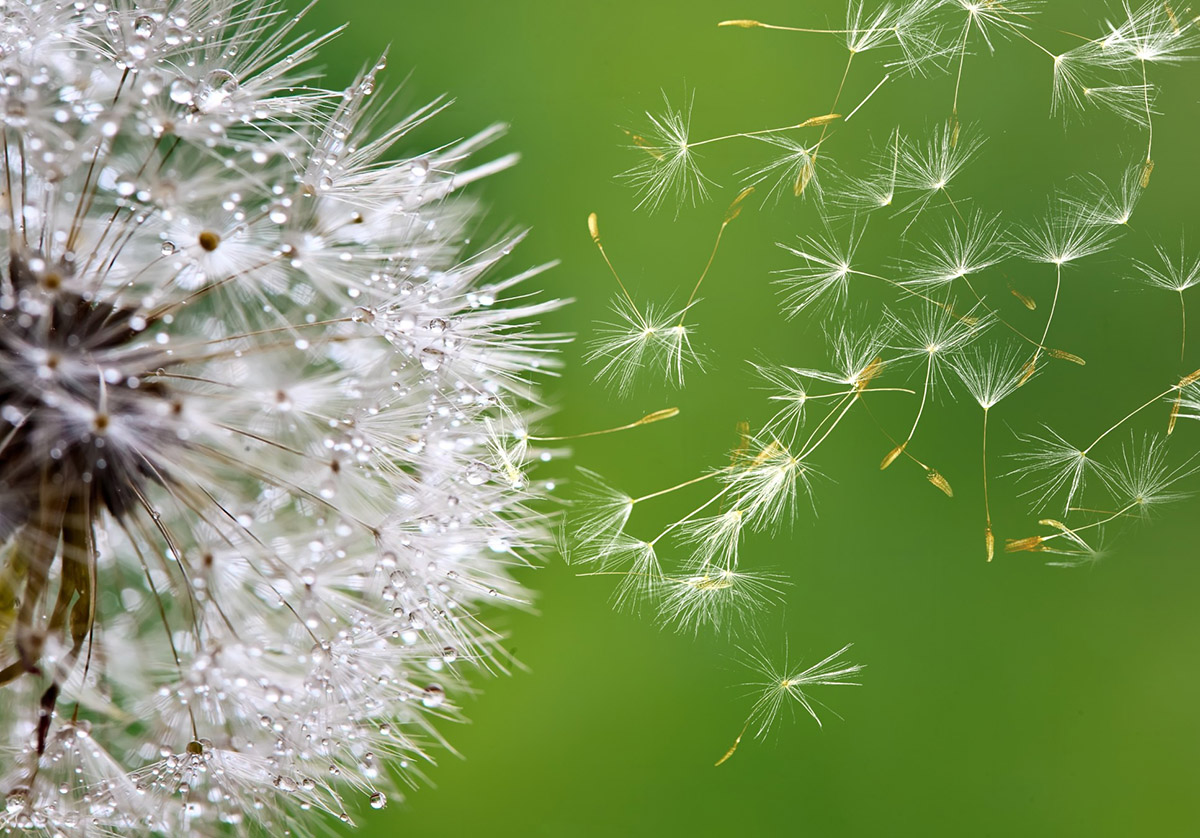
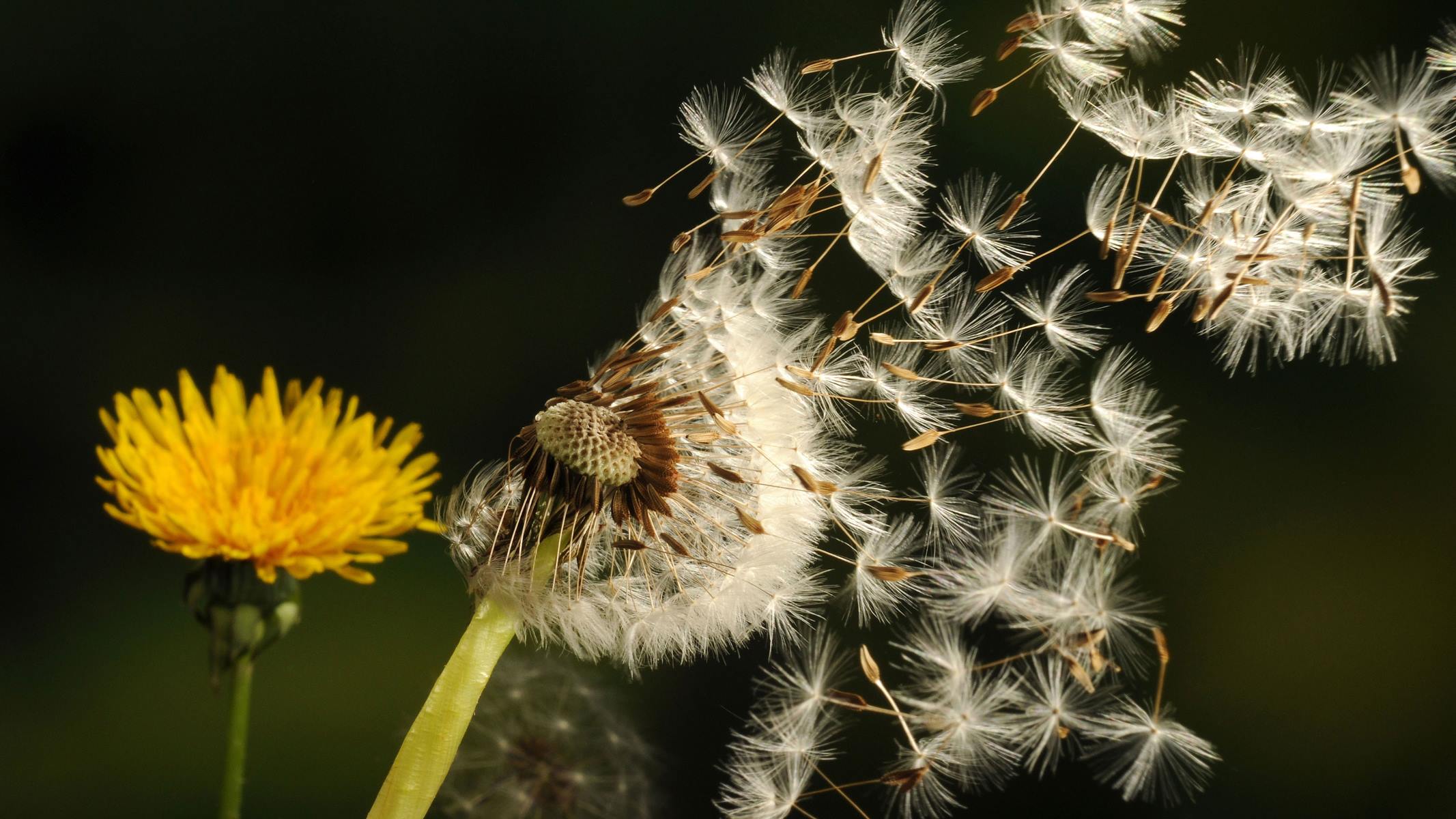
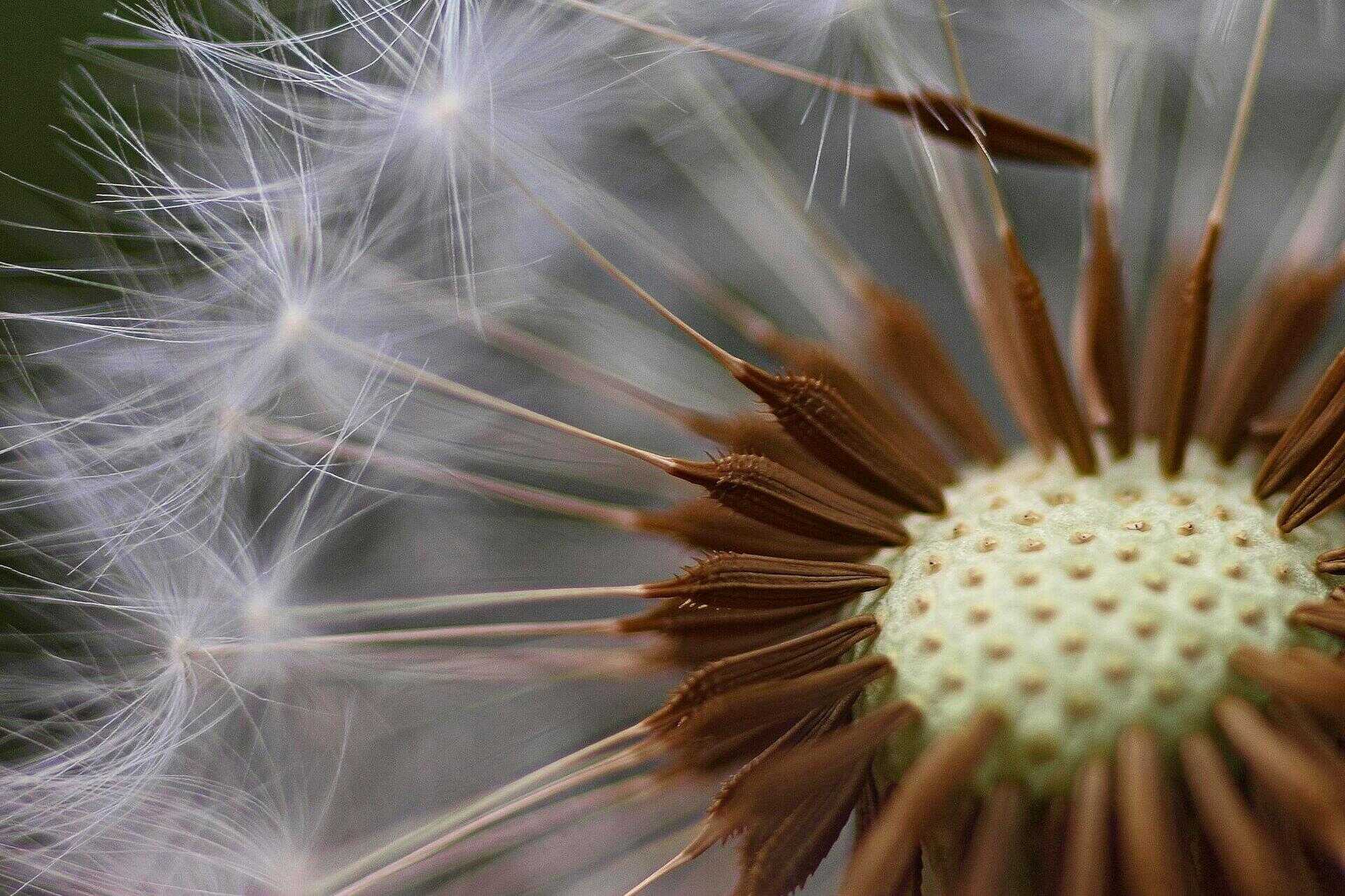
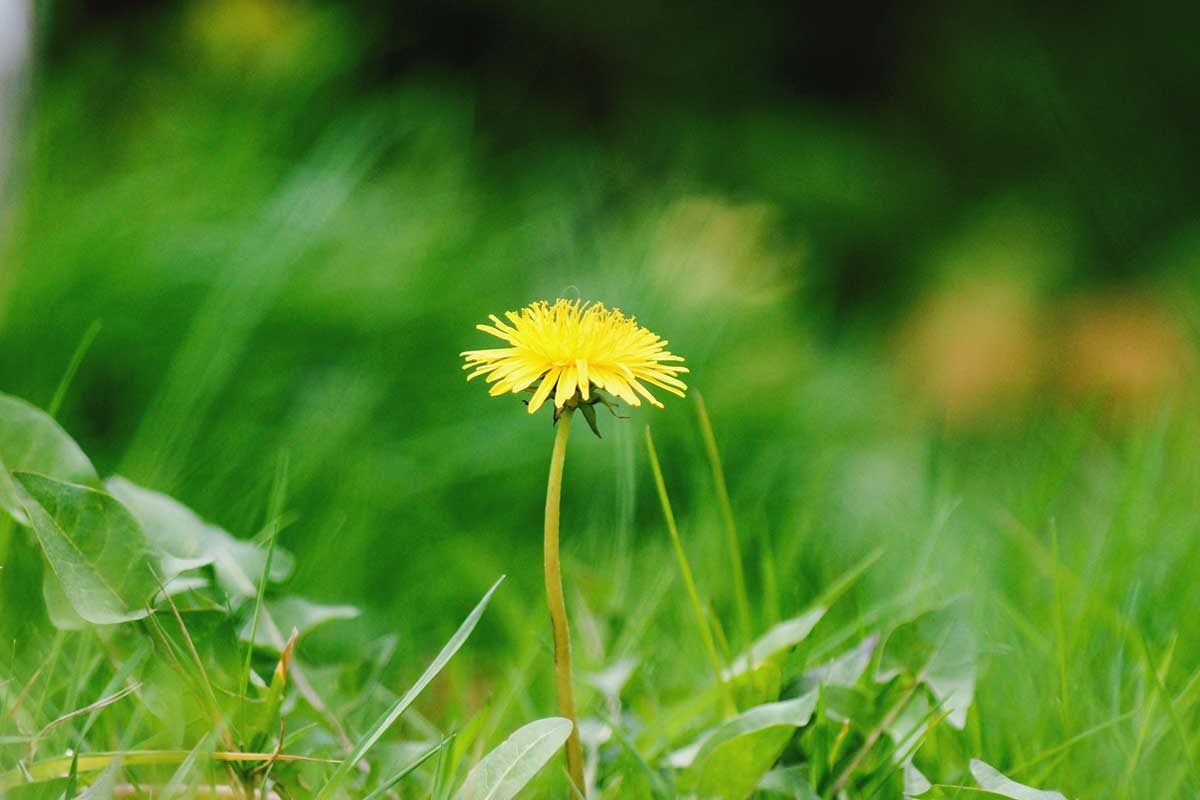
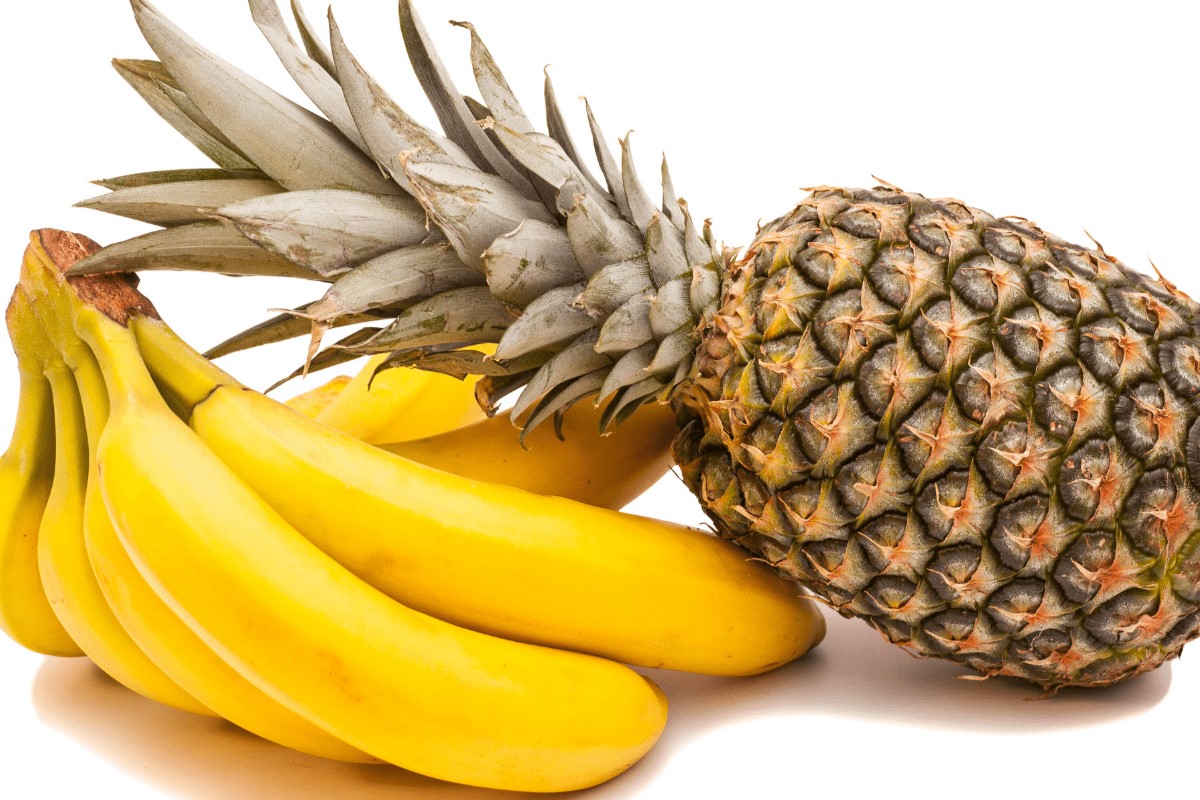

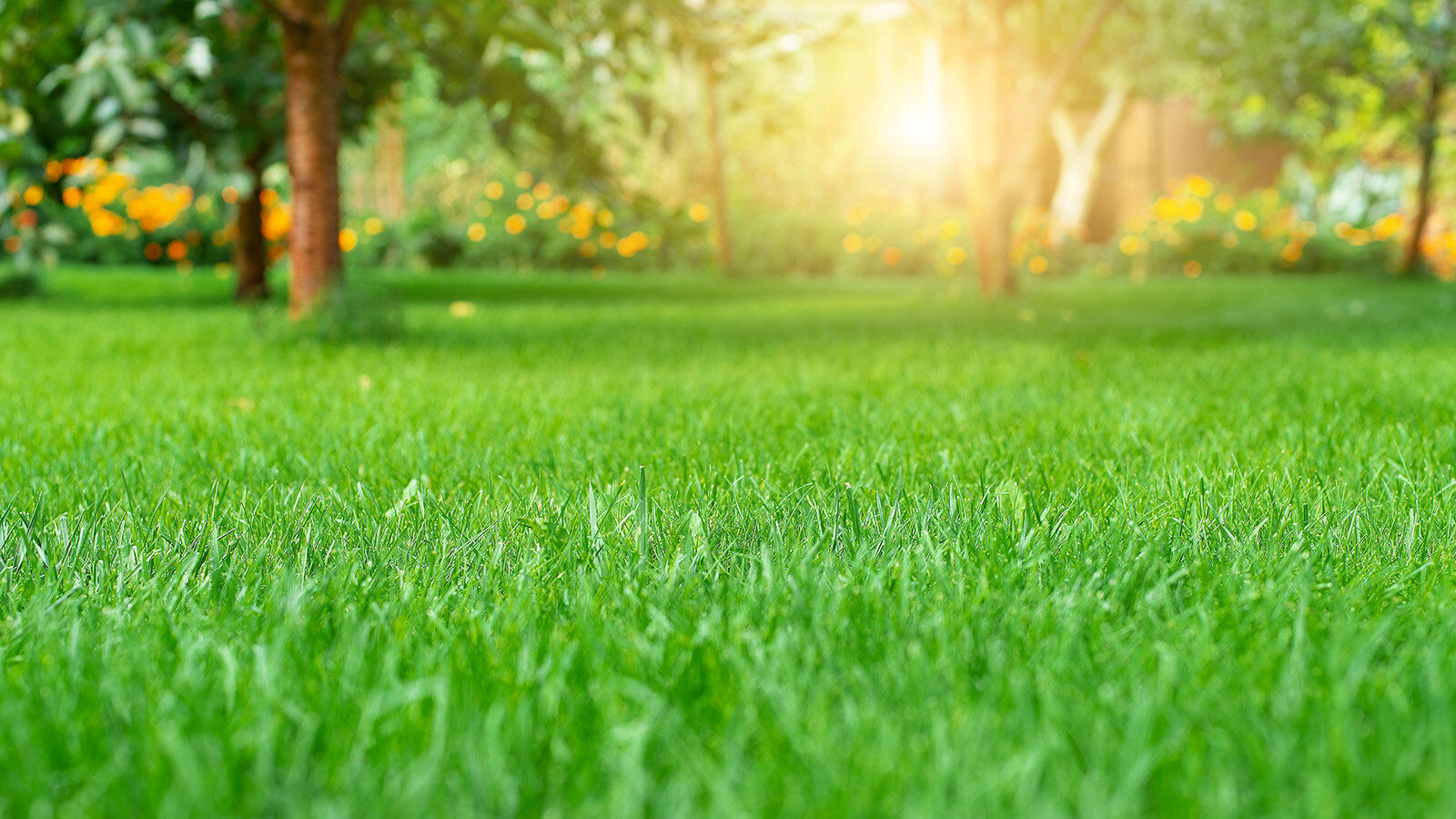

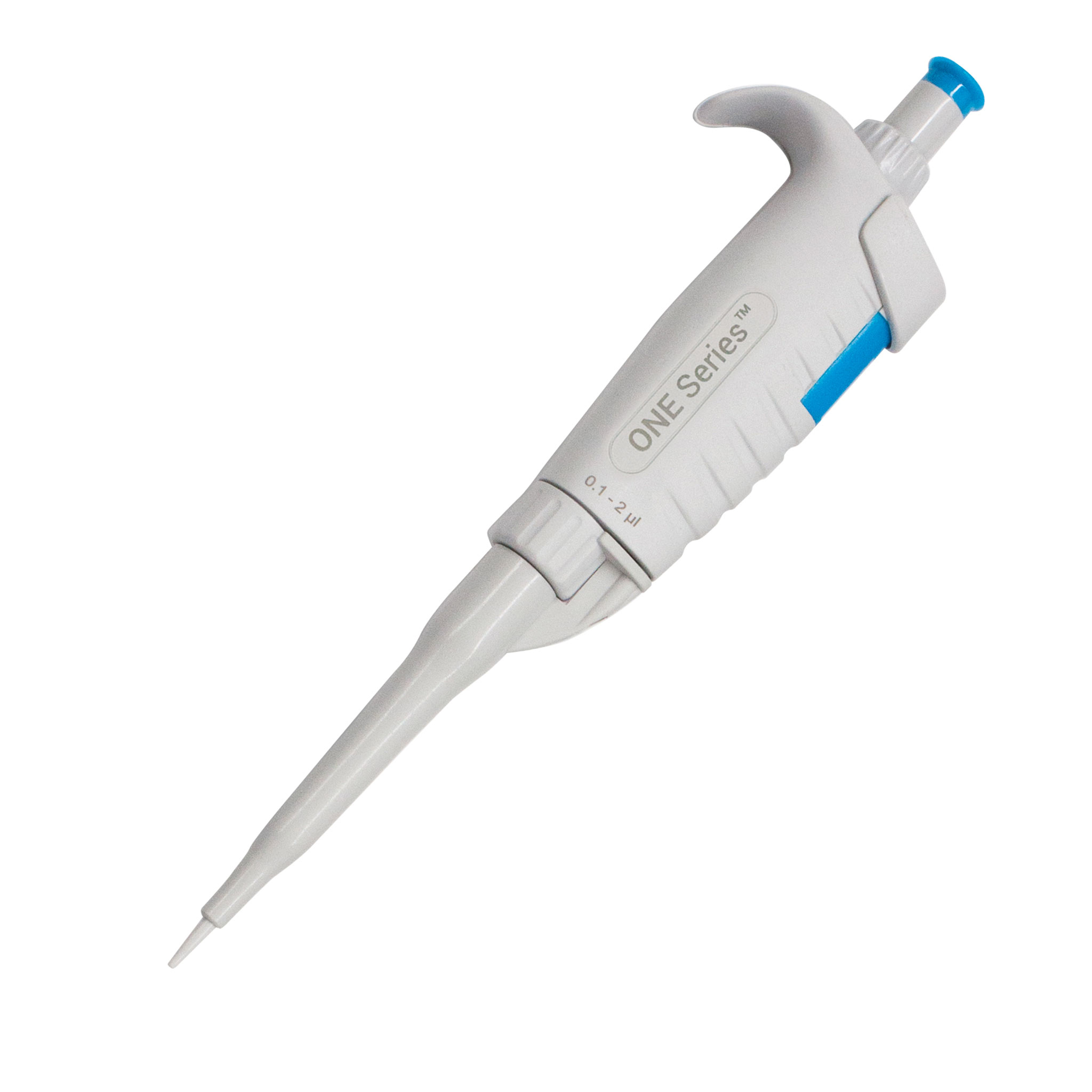
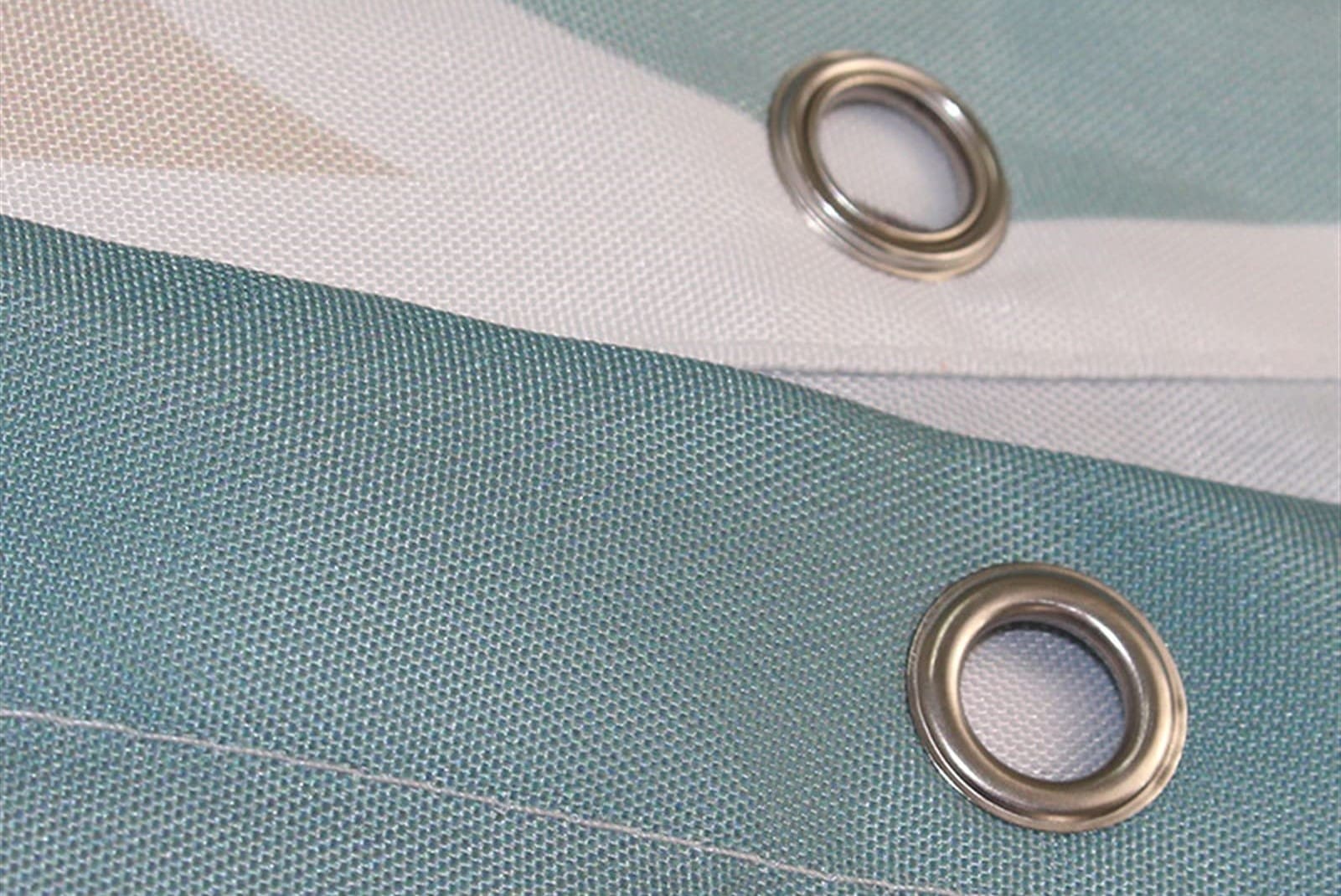
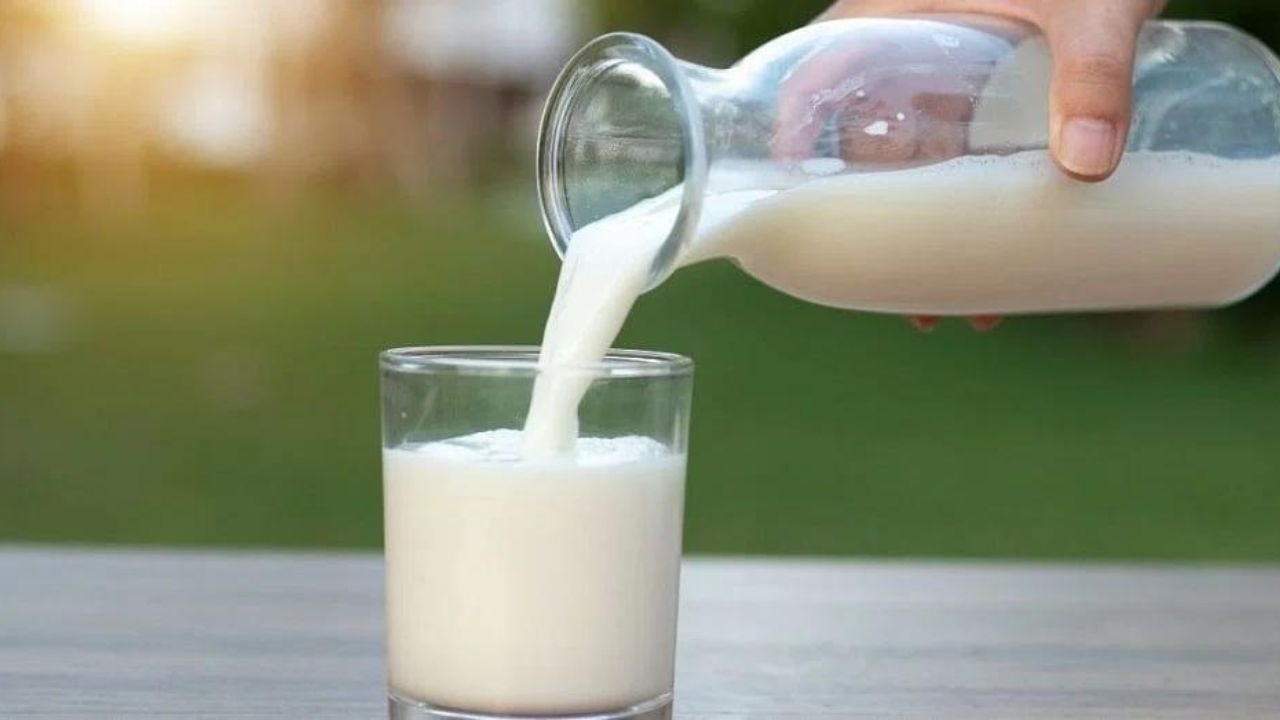

0 thoughts on “How Many Seeds Does A Dandelion Have”